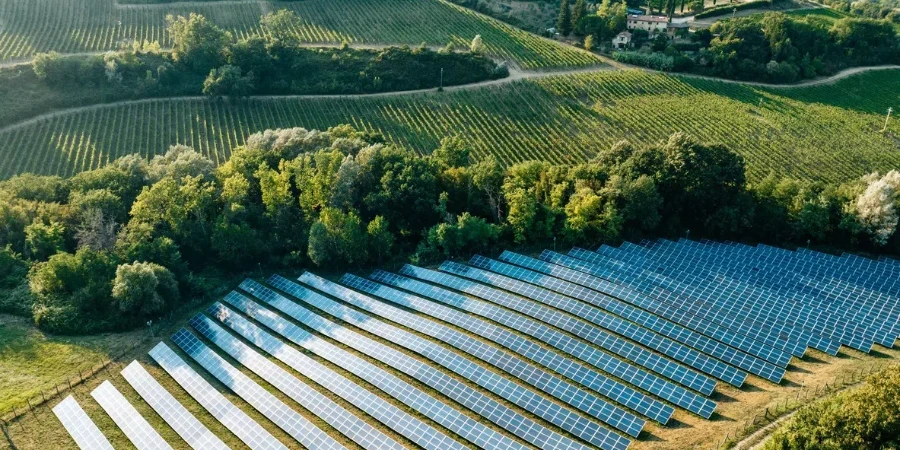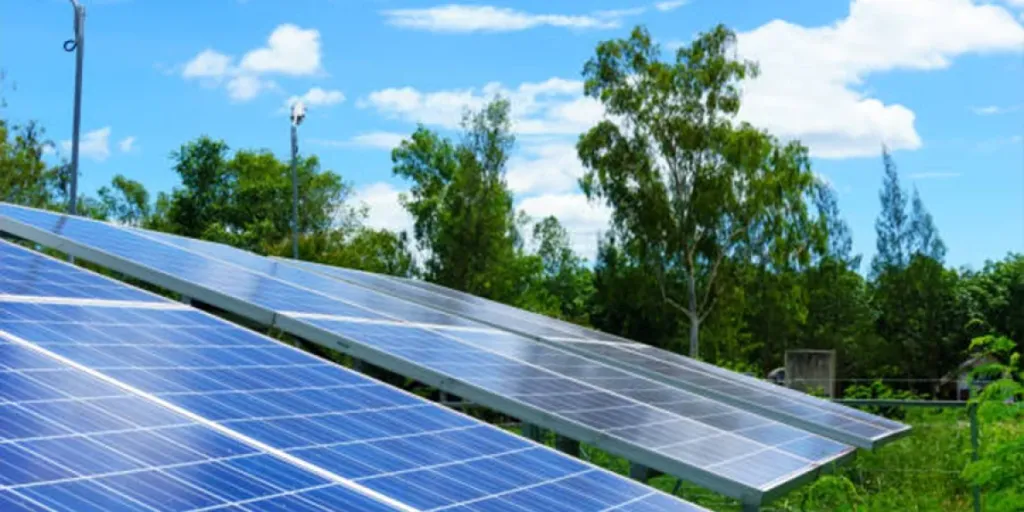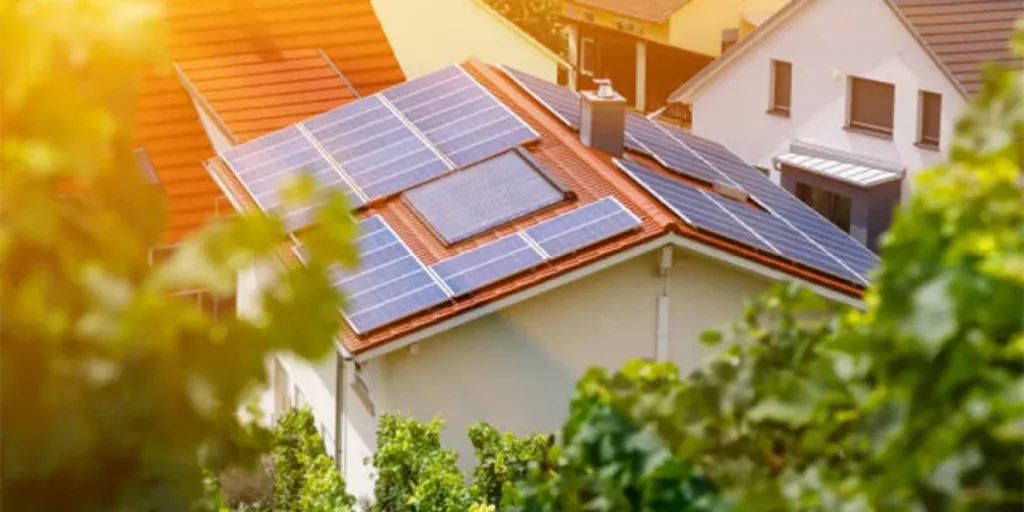European Environmental Bureau Estimates 2.2% Total Land Requirement For EU To Achieve Climate Neutrality By 2040, Sustainably
Key Takeaways
- EEB report claims the EU needs only 2.2% of 5.2% suitable land area for onshore wind and ground-mounted solar PV projects
- This will be enough to roll out renewables sustainably while ensuring food production or nature are not compromised
- Strategic spatial planning, high environmental standards and local community development will be crucial to achieving climate targets
As the debate regarding securing land for food production versus renewable energy generation rages on, the European Environmental Bureau (EEB) has come out with a report that claims Europe has sufficient suitable land to roll out renewables sustainably. This won’t compromise food production or nature.
Currently, 47.9% of European Union (EU) land is agricultural in nature, including 2.75% for industrial crops. Another 18.61% falls under protected areas with an additional 16.67% for nature restoration.
In comparison, the analysts at EEB estimate that the current and future solar and wind energy projects in the EU will require only 2.2% of total land to achieve climate neutrality by 2040, which will phase out both fossil and nuclear generation.
This land requirement is even less than the 5.2% of the EU’s total land area that the report writers claim as suitable for onshore wind and solar projects when taking into account strict agricultural, environmental, and biodiversity constraints, along with appropriate buffer zones and technical factors. Their estimate of the land required is based on the technical potential and area as per the report Land for Renewables.
Only arable land and mixed crops and livestock systems with advanced erosion, low productivity, and high abandonment risk were selected as suitable. It does not include Natura 2000 sites, key biodiversity and bird areas, and high-value natural farms. The report clarifies that biodiversity-rich zones and productive agricultural land need not be compromised to achieve 100% renewables in Europe.
Most of the suitable land can be found in rural areas with 78% for ground-mounted solar PV systems and 83% for onshore wind. It would need careful spatial planning in line with the requirement of the revised EU Renewable Energy Directive (RED).
“Renewable energies can thrive without harming food supplies or natural habitats. Evidence suggests that Europe has ample land for a sustainable expansion of renewables, excluding biodiversity-rich zones and productive agricultural lands, particularly in rural regions,” said Policy Officer for Renewables at EEB, Cosimo Tansini. “By adopting participatory processes and robust mitigation measures to minimise environmental impacts, we can use renewable energy to restore land, benefit communities, and support rural economies.”
To achieve the climate neutrality targets that are Paris Agreement Compatible (PAC), the report writers focused on space required for solar PV and onshore wind energy installations in 6 EU nations: Germany, Spain, France, Italy, Poland, and Romania.
In Germany, for instance, the report sees enough suitable land for solar PV installations, but it faces spatial constraints for onshore wind farms.
In Spain, on the other hand, there are no land constraints for both technologies as enough suitable land is already available to host the entire needed capacity by 2040, especially for ground-mounted solar PV. The latter will require around 0.49% of land compared to 3.28% available for development away from protected areas or high-value farmland.
The report writers believe by addressing the challenges of strategic spatial planning, high environmental standards and local community development, the EU can achieve its climate targets while driving rural development and resilience. It needs continued support from policymakers, investment in infrastructure, and active engagement with local communities.
The complete report is available on EEB’s website for free download.
Earlier a report by the European Commission’s Joint Research Center estimated that the bloc can far exceed its 720 GW DC solar generation target for 2030 with the help of agrivoltaics, using only 1% of its farmland, achieving 944 GW DC (see Agrivoltaics Can Help Exceed Targets Under EU Solar Strategy).
Source from Taiyang News
Disclaimer: The information set forth above is provided by Taiyang News independently of Alibaba.com. Alibaba.com makes no representation and warranties as to the quality and reliability of the seller and products. Alibaba.com expressly disclaims any liability for breaches pertaining to the copyright of content.




